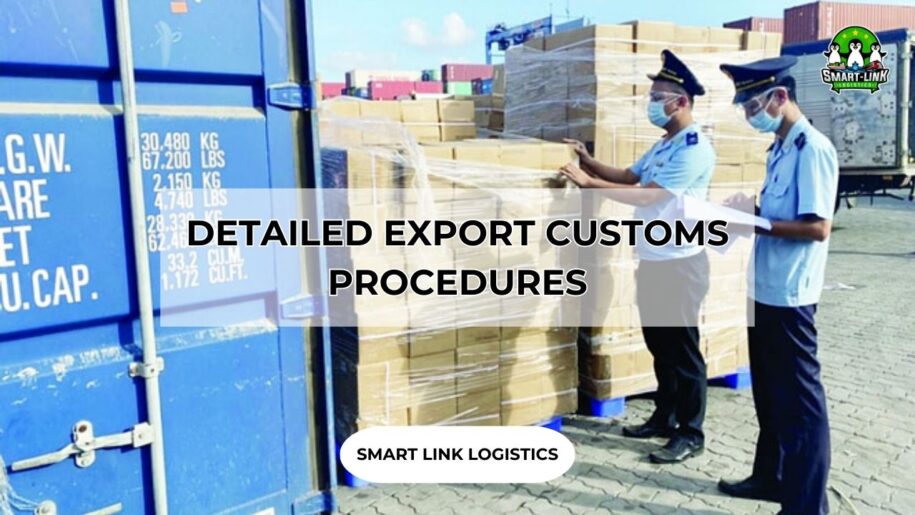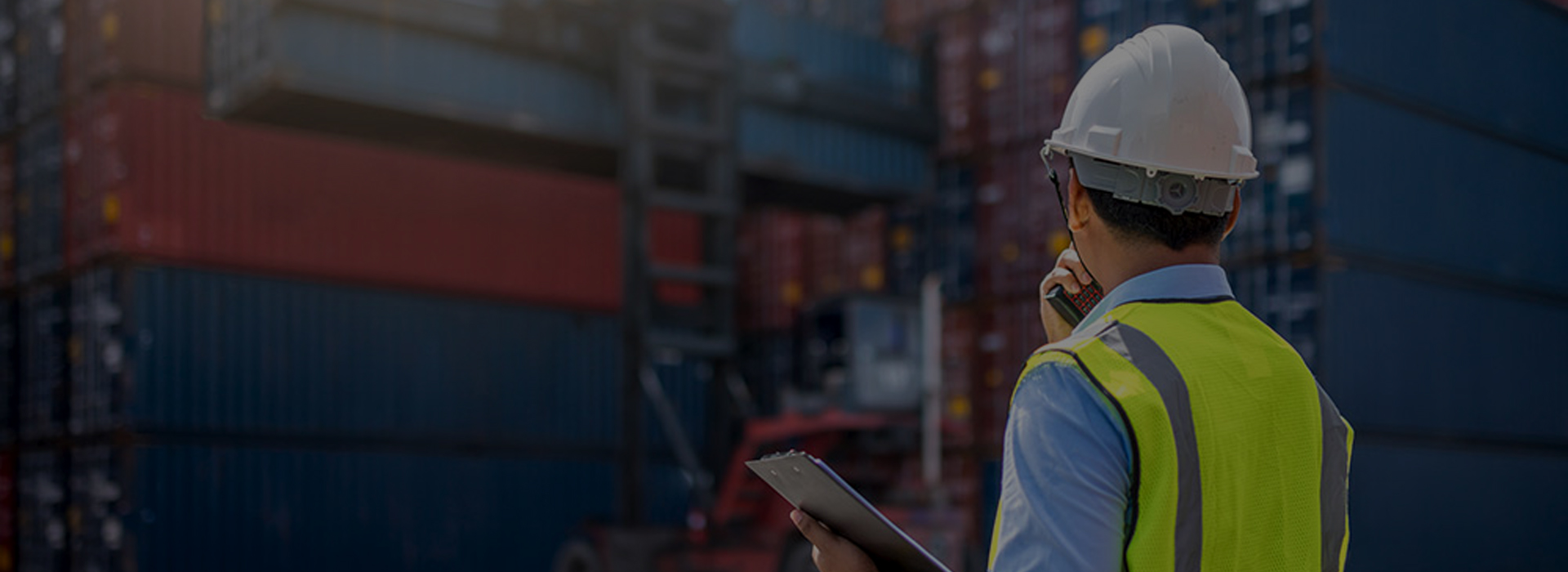
DETAILED EXPORT CUSTOMS PROCEDURES
Customs procedures are a mandatory step in the process of exporting and importing goods. So, what are the steps involved in export customs procedures, and what should be noted? Let’s explore the details with Smart Link Logistics through the article below.
What are customs procedures?
According to the 2014 Customs Law, customs procedures refer to the processes that customs declarants and customs officers must follow, as stipulated by law. This ensures that goods and transportation means can legally pass through borders for export or import.
Why are export customs procedures necessary?
Customs declaration is a crucial step for businesses when exporting or importing goods. This process not only helps the government calculate and collect taxes but also ensures that no prohibited items are exported.

Export customs procedure process
Step 1: Identify the type of export goods
Before exporting, businesses need to check whether their goods are listed under the prohibited export category, as per Decree No. 69/2018/ND-CP. Goods are divided into categories such as regular commercial goods, prohibited goods, goods requiring permits, goods requiring specialized inspection, goods subject to export tax, and goods exported under quotas.
Step 2: Sign a foreign trade contract
A foreign trade contract (Sale Contract) is an agreement between the exporter and importer, outlining important terms such as product name, quantity, price, delivery conditions, and payment methods.
Step 3: Prepare the export document set
The document set includes:
- Foreign trade contract.
- Commercial invoice.
- Packing list.
- Booking note (confirmation of cargo reservation).
- Container loading confirmation.
- Export permit (if applicable).
Step 4: Declare and submit the customs declaration
After preparing all necessary documents, the customs declarant will input data into the electronic customs system and submit the declaration. For new businesses, they must also purchase a digital signature, register it with the General Department of Customs, and install the electronic customs declaration software.
Step 5: Prepare the customs dossier
After successful declaration, the customs dossier will be categorized into three lanes: green, yellow, and red. Depending on the lane classification, the following steps will vary:
- Green lane: Immediate clearance without inspection.
- Yellow lane: Document inspection at the customs office.
- Red lane: Physical inspection of the goods.
Step 6: Customs clearance and declaration settlement
After completing the inspection procedures, businesses submit the customs declaration and barcode to the shipping company to confirm that the goods have been exported. The shipping company will send this information to the customs authorities to complete the process.
By following these steps, businesses can ensure a smooth and efficient export process, helping to facilitate legal and tax-compliant operations.
With this information, understanding the export customs procedures and their symbols is no longer a challenge. We hope these insights will be useful to you. We are committed to offering you services and solutions that help your goods reach global markets with dedication and customer collaboration. With over 13 years of experience in the logistics industry, we take pride in being a reliable and professional partner.
Hotline: + 84 935 766 039 to know more about our services

If you require assistance with international import and export of goods, please contact our team at Smartlink Logistics. We are available to provide you with professional guidance on our services and the necessary customs procedures.
SMART LINK: BEST SERVICE BEST YOU


































